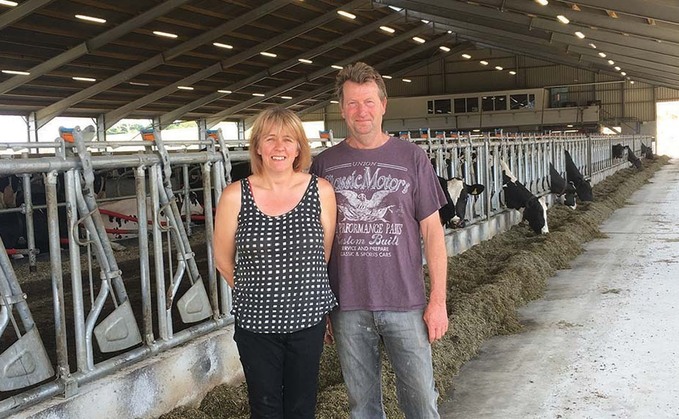
Switching milking systems has gained traction over the past decade, with farmers wanting to upgrade technology and reduce milking labour. For one farm a dual approach is creating flexibility for the future....

Switching milking systems has gained traction over the past decade, with farmers wanting to upgrade technology and reduce milking labour. For one farm a dual approach is creating flexibility for the future....

NEW CLAYDON 7.5M HARROW

NEW CLAYDON MARKER ARM KIT K-M3E-N01

NEW CLAYDON MISC DRILL ACCS